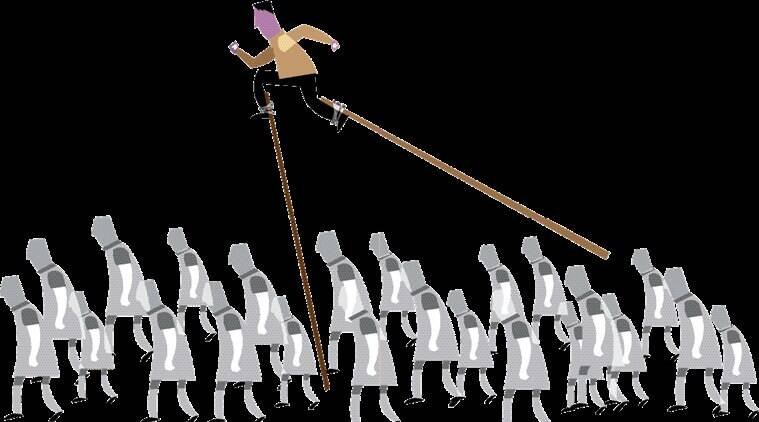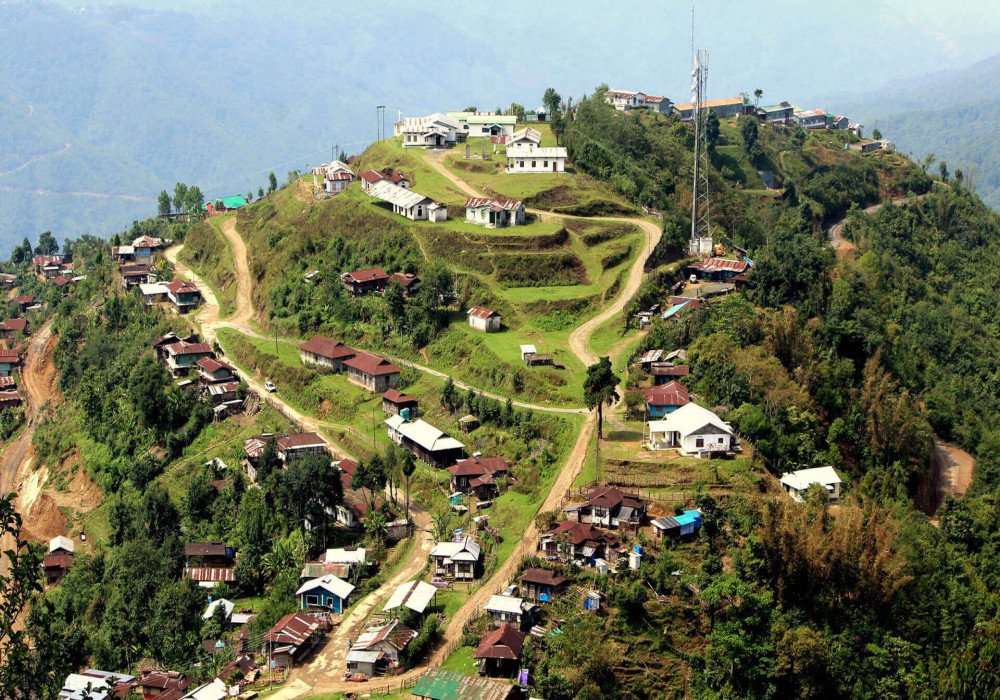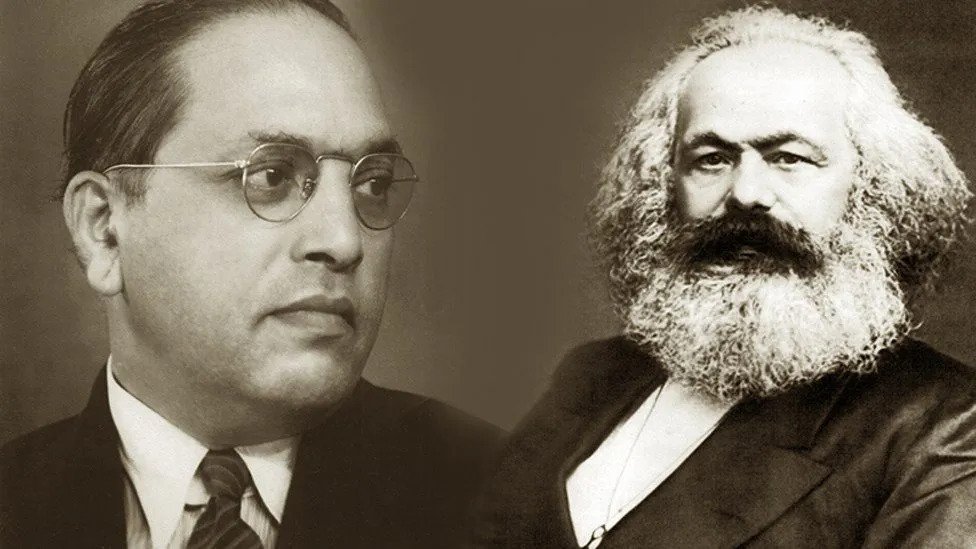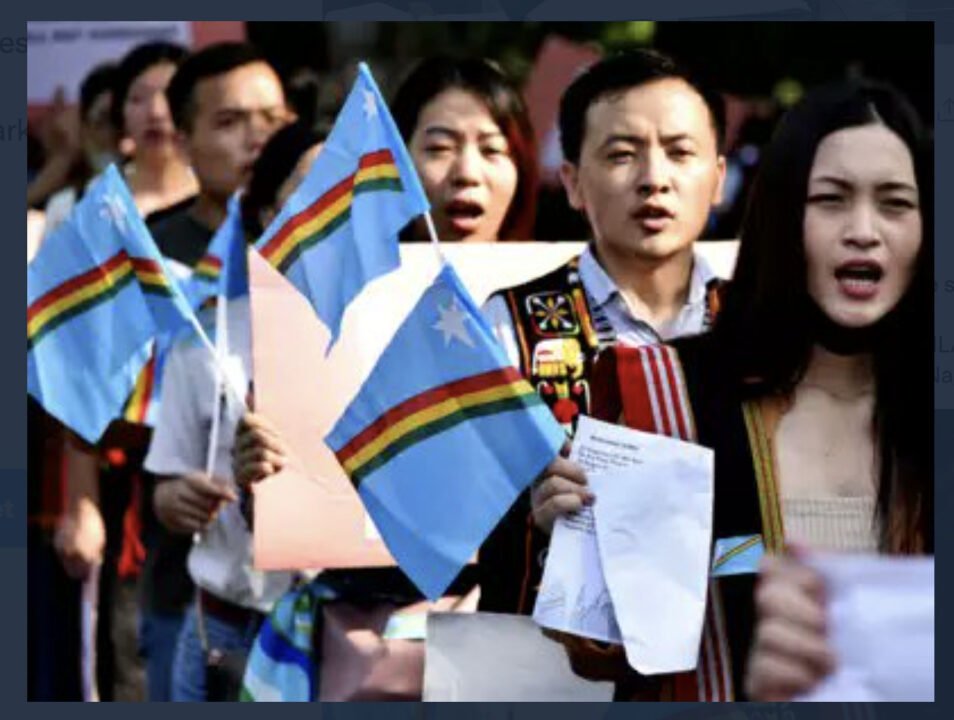By: Satyawan Saurabh
Reservation, despite seven decades, has not translated into a uniform distribution of benefits for many groups in our heterogeneous society. As a result, many groups have been left out. There is a strong demand from the marginalized people who are not able to avail the benefits of reservation. This requires the development of some policy options that may be able to meet the existing system of reservations. A Justice Rohini Commission was constituted to study this in detail. Justice G. What are the comments of the Rohini Commission? The figures provided by the committee provide some important observations. Based on the data of the last five years, the Commission concluded that 97% of the benefit of the Central OBC quota goes to 25% of its castes. 983 OBC communities – 37% of the total – have zero representation in both central government jobs and admissions to central universities.
At the same time, the report states that just 10% of OBCs have earned 24.95% of jobs and admissions. The data of the Rohini Committee was based only on those institutions which come under the purview of the Central Government. The committee has hardly any legible data on the socio-economic conditions of various social groups at the more local levels of the state and society. Accurate data related to the socio-economic status of different social groups is required. Caste-based reservations are important for studying upward dynamics in society. A mechanism is urgently needed to address this shortcoming and make the system more responsive and responsive to intra-group demands. First, there is a need to develop a wide variety of context-sensitive, evidence-based policy options that can be tailored to meet the specific needs of specific groups.
Second, we need an institution like the ‘Equal Opportunity Commission’ in the United States or the United Kingdom to create indexes devoid of socio-economic-based census data of different communities, including race, gender, and religion, and rank them to formulate favourable policies. Do it Socio-economic caste-based census becomes a necessary precondition for initiating any meaningful improvement in the system of positive action in India. So, this can serve as a good first step. In 2015 the NCBC (National Backward Classes Commission) emphasized the need for “classification of OBCs” rather than arranging provisions on the creamy layer to ensure free implementation of the reservation policy. Why discriminate between the creamy layer with OBC? While this is not the case in Scheduled Castes and Scheduled Tribes. What are the important issues that need to be addressed? The annual income limit is one of the criteria that determines the creamy layer. But we see that since September 1993, it was revised only five times every three years against the revision norm. In addition, criteria such as GDP inflation, per capita income, and the rising cost of living should also be considered.
We should also work to fill the OBC posts expeditiously. The Parliamentary Committee constituted only 21.75% of OBC staff in 78 Ministries as against the quota fixed at 27%. Instead of fighting on intangible issues, we should focus on concrete issues that can bring tangible results. The question is not only of this discrimination against the backward class but also of the vacancies in various departments from the backlog for years. On the one hand, no post of the general class is vacant and on the other hand, the name of filling innumerable posts of the backward class is not being taken. The Supreme Court also held that Article 16 (4) of the Constitution protects the interests of all backward classes. Baba Saheb Dr. Bhimrao Ambedkar also said the same in 1949 regarding this section. Kondala Rao, an expert on OBC affairs, has said in his booklet ‘OBC and State Policy’ that as far as representation is concerned, the situation of OBCs in the year 2004 was worse than that of SCs and STs. And on this basis, he says that the 77th amendment of the constitution discriminates against OBCs and therefore the policies of the state based on it have also become discriminatory. A lot of these things will become clear at that time if the caste-based census is published.
Why is it wrong to determine the creamy layer only on an economic basis? Responding to this, in the Indira Sahni case, Justice Jeevan Reddy had given an example of a very marquee. He had said that suppose a carpenter goes to the Gulf countries to earn a living. Yes, no matter what he does, according to the exchange rate in India, his earnings look good. So what should be the conclusion of this? Does this mean that her child should not be given reservation? Does this mean that his social status has improved? The answer to these questions will be found in no. So it would be wrong to determine the creamy layer only on an economic basis. Many factors like an increase in social status, education, employment, and economic status together remove one’s social deprivation.
But nowhere is the basis of this division economic. Along with this decision of the Supreme Court, it has also spoken during many other decisions that it will be able to draw proper conclusions only if it is provided with concrete data related to the status of castes. So if the creamy layer debate is being raised again and again, then this debate is also linked to the caste-wise census. If this debate is to be honestly calmed down, then the government should conduct a caste census. Make policy based on that. (The author is a research scholar, poet, independent journalist and columnist, All India Radio and TV Penalise. He can be reached at satywansaurabh333@gmail.com)







